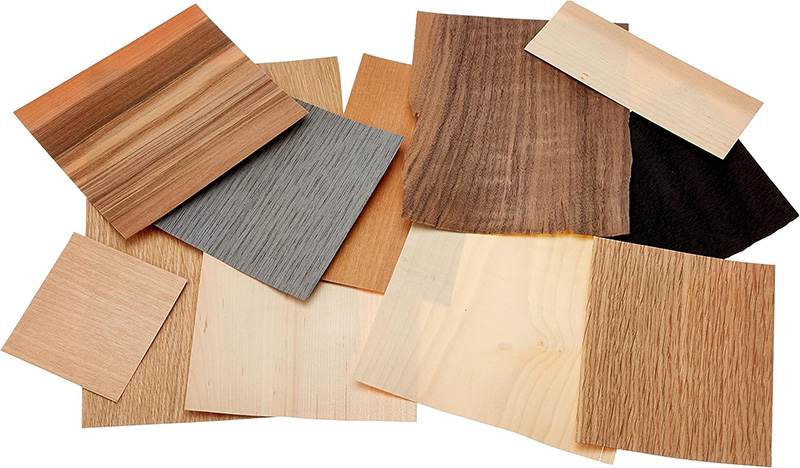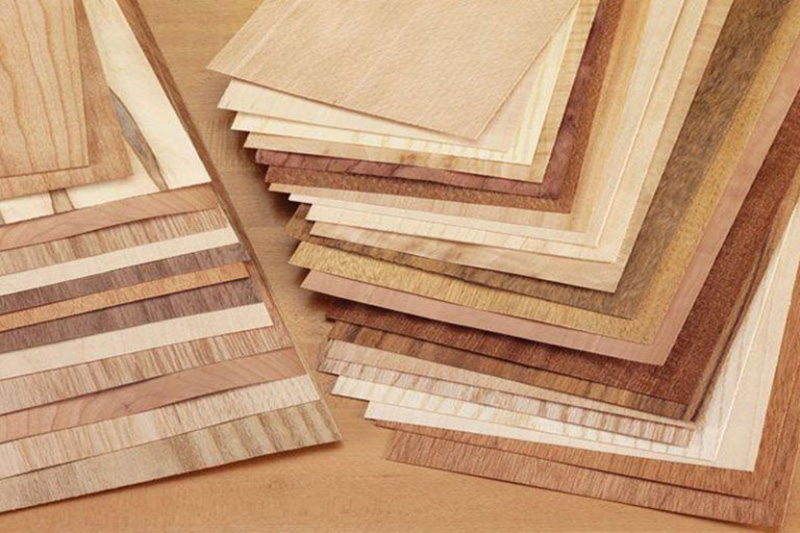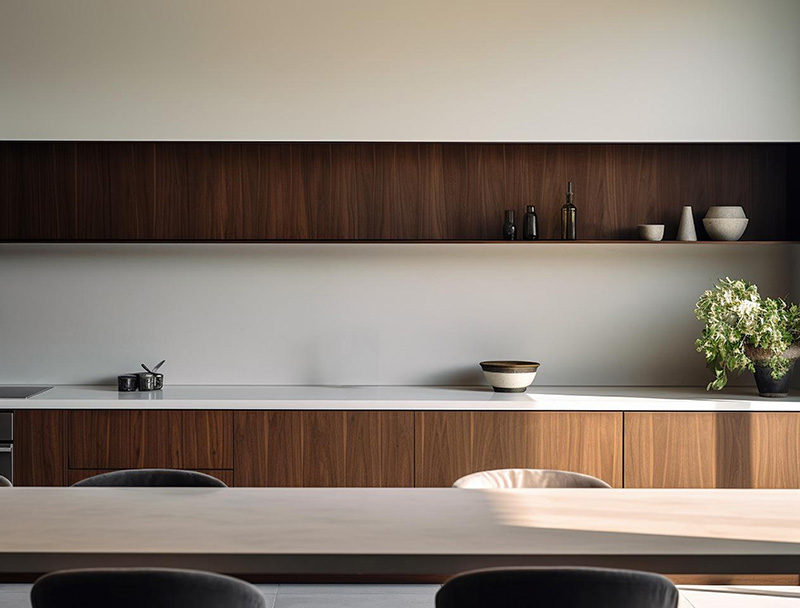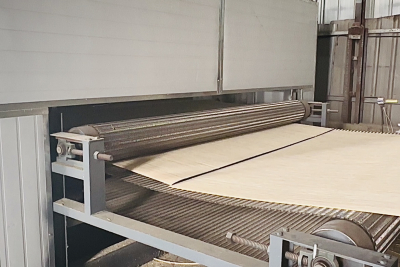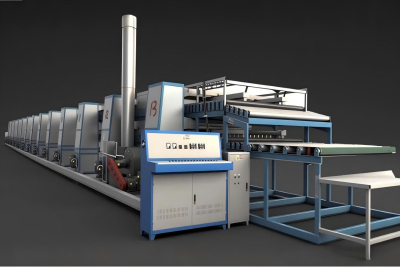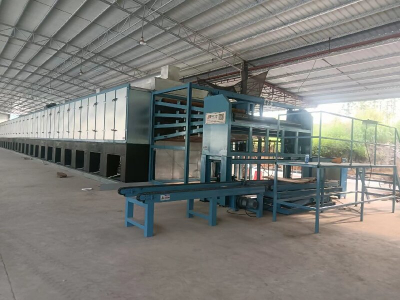Plywood Manufacturers Highlight Key Concerns with Veneer Drying Machines
For manufacturers producing plywood, the use of veneer drying machines is a critical step that directly impacts product quality, production efficiency, and cost-effectiveness. Below are the key concerns they typically prioritize:
1. Drying Uniformity & Moisture Content Control
The core requirement for plywood production is uniform moisture content (MC) in veneers. Uneven drying leads to issues such as warping, cracking, or delamination during gluing, as glue adhesion relies on consistent MC across layers. Manufacturers strictly monitor MC targets (often 6–12% for tropical hardwoods, slightly higher for softwoods) and demand
drying machines that can maintain tight MC tolerances (±0.5–1%). Inconsistent MC is a primary cause of plywood strength reduction and post-production defects.
2. Veneer Quality Preservation
Veneers are thin (0.3–3mm) and prone to mechanical damage or thermal degradation during drying. Manufacturers are concerned about:
Surface cracking or chipping: Caused by excessive tension, rapid temperature changes, or improper roller pressure.
Fiber collapse: Over-drying or high heat can collapse cell structures, reducing veneer thickness and strength.
Discoloration: Overheating or poor ventilation may cause uneven staining or darkening, affecting aesthetic and structural grades.
3. Production Efficiency & Throughput
Plywood lines operate in high-throughput cycles, so drying speed directly impacts overall productivity.
Drying cycle time: Shorter cycles (e.g., 8–24 hours for 3mm veneers) reduce bottlenecks.
Batch vs. continuous processing: Continuous dryers (e.g., roller hearth) are preferred for large-scale production due to higher throughput, while batch dryers may suit smaller operations but risk downtime between batches.
Compatibility with upstream/downstream processes: Seamless integration with peeling, clipping, and gluing lines minimizes material handling and waiting times.
4. Energy Consumption & Cost
Drying accounts for ~30–50% of total energy use in plywood mills. Manufacturers prioritize:
Thermal efficiency: Machines with heat recovery systems (e.g., recapturing exhaust heat for pre-heating incoming veneers) reduce fuel/electricity costs.
Energy source adaptability: Flexibility to use biomass (e.g., sawdust, rice husks), natural gas, or electricity based on local availability and pricing.
Cost per unit dried: Balancing upfront equipment investment with long-term operational expenses (energy, labor, maintenance).
5. Equipment Reliability & Maintenance
Component durability: Heating elements (steam coils, infrared panels), rollers, and control systems must withstand high temperatures and continuous use.
Ease of maintenance: Accessible parts (e.g., filters, bearings) and modular designs simplify repairs, reducing mean time to repair (MTTR).
Automation of monitoring: Sensors for temperature, humidity, and veneer thickness enable predictive maintenance (e.g., alerting for roller misalignment before damage occurs).
6. Environmental Compliance & Safety
Modern mills face strict regulations on emissions and workplace safety:
VOC and particulate emissions: Drying processes may release volatile organic compounds (VOCs) from adhesives or wood resins; manufacturers require abatement systems (e.g., catalytic oxidizers) to meet local air quality standards.
Dust control: Veneer fines generated during drying must be captured to prevent fire hazards and maintain clean workspaces.
Operator safety: Guards around high-temperature zones, emergency stop systems, and ergonomic design (e.g., reducing manual loading/unloading) are mandatory.
7. Adaptability to Veneer Types & Thicknesses
Plywood mills process diverse veneer species (hardwoods, softwoods, bamboo) and thicknesses (0.3–3mm). Manufacturers need dryers that:
Adjust parameters dynamically: Modify temperature, humidity, and air velocity to suit different wood densities (e.g., denser tropical woods require lower heat to avoid collapse).
Handle variable sizes: Accommodate wide veneers (up to 2.5m) or irregular shapes without jamming or edge damage.

